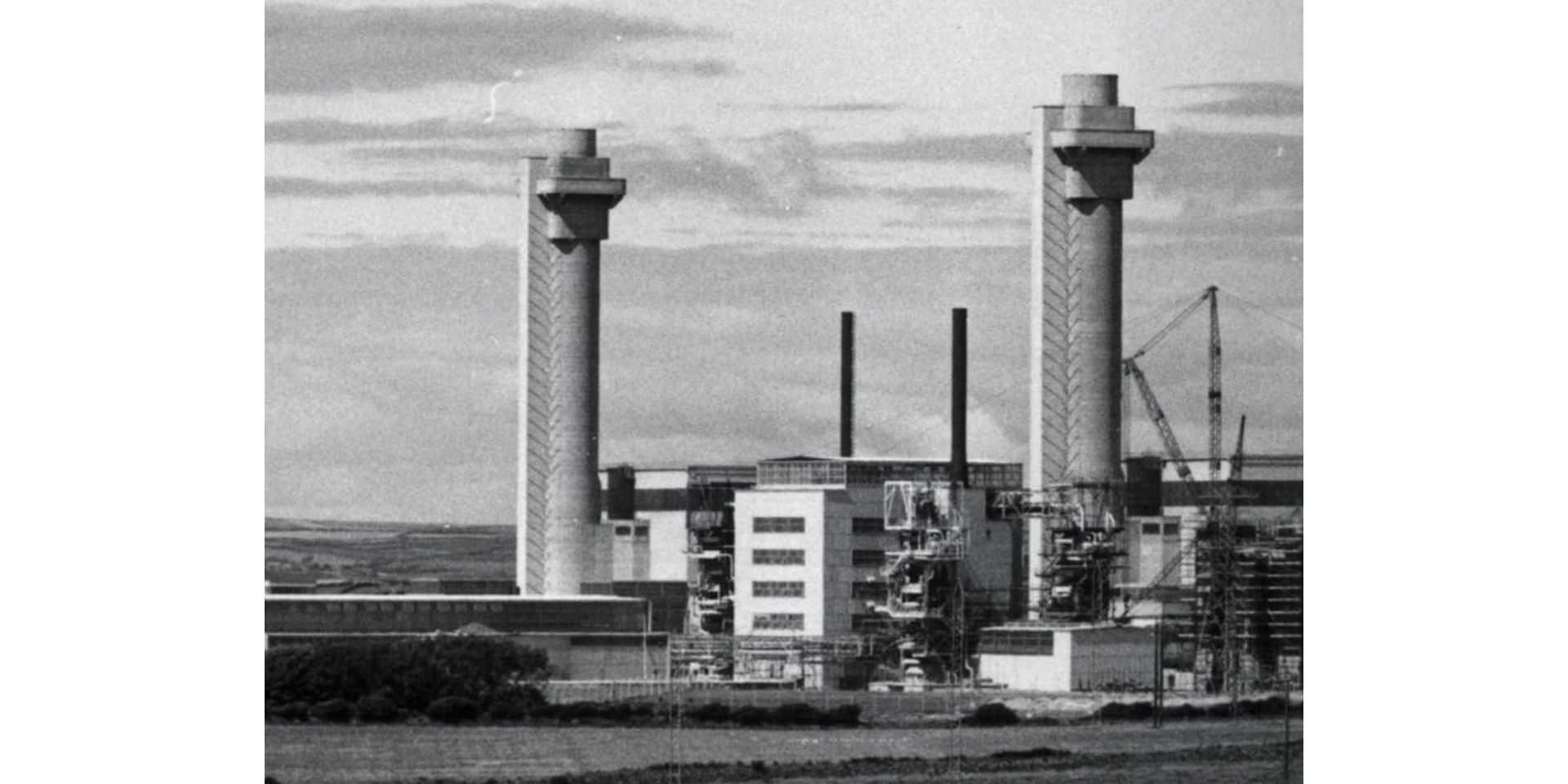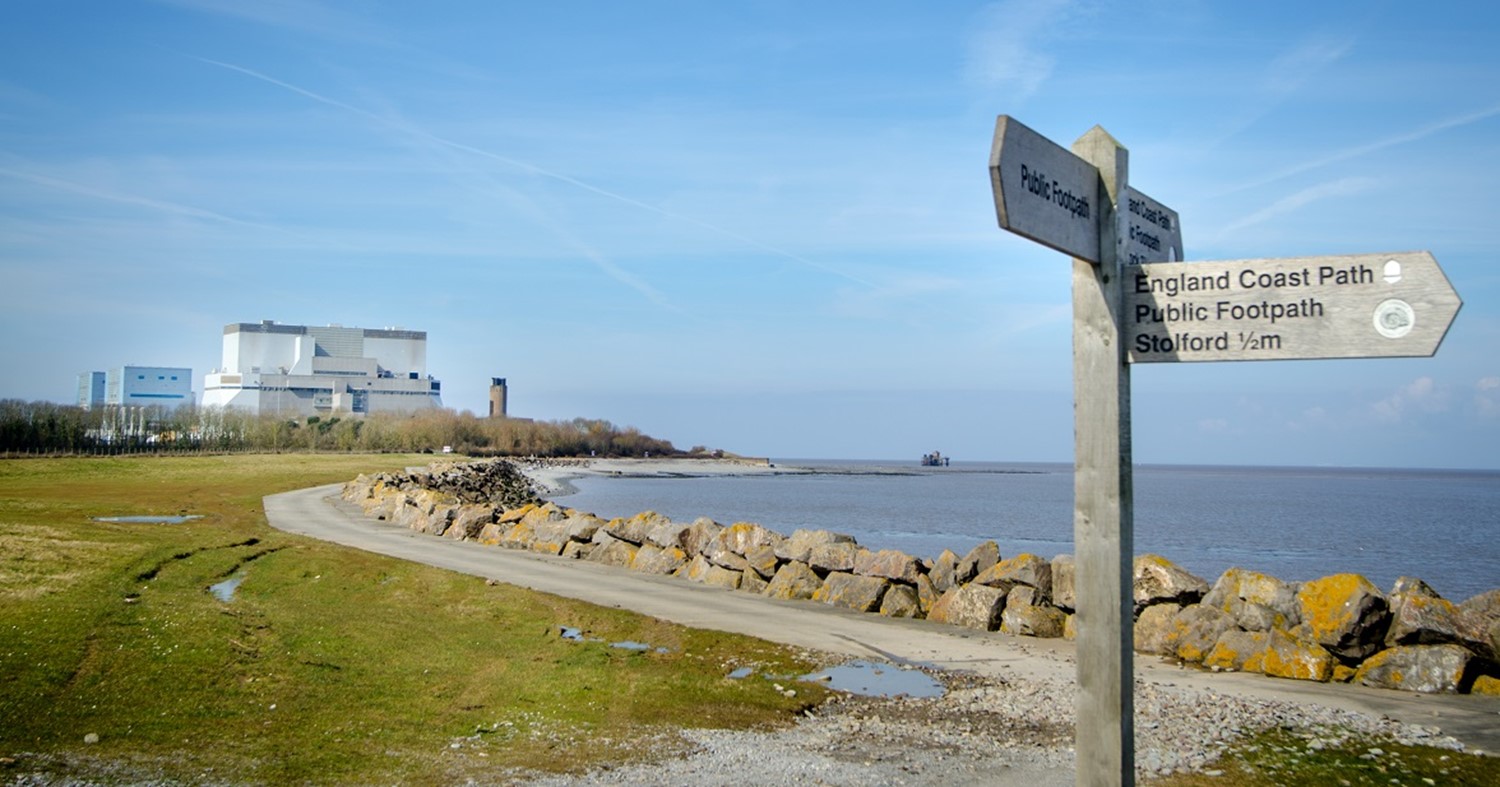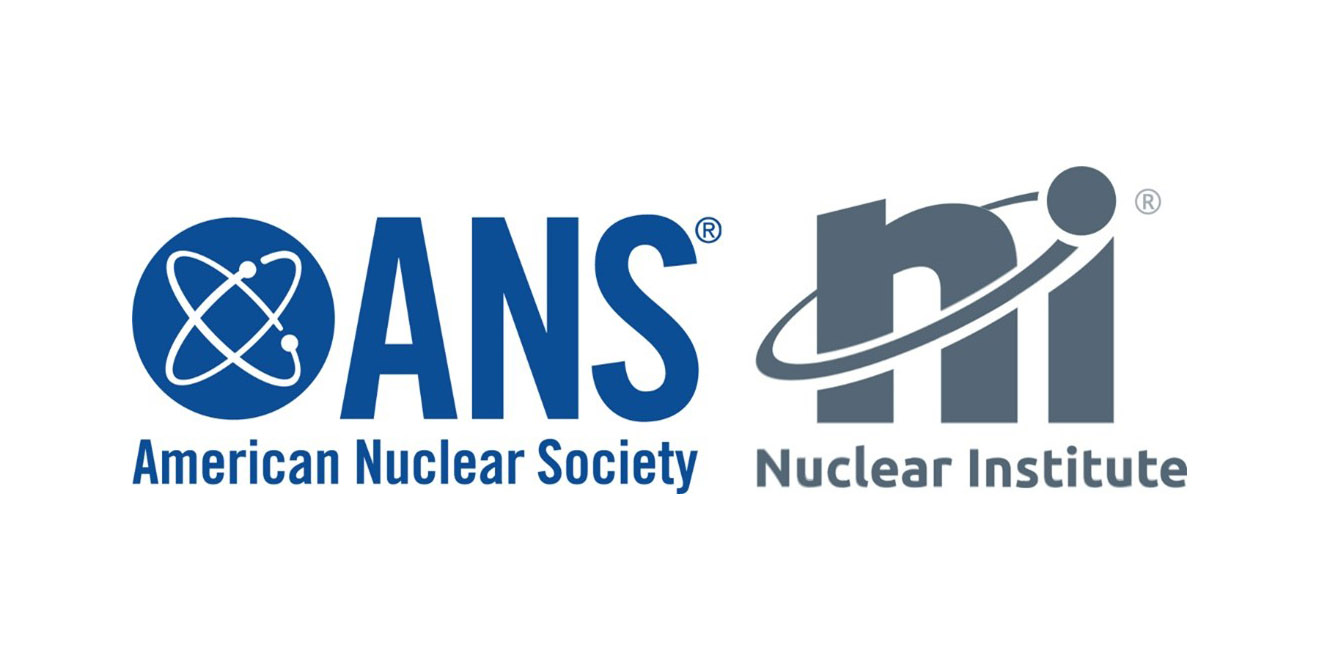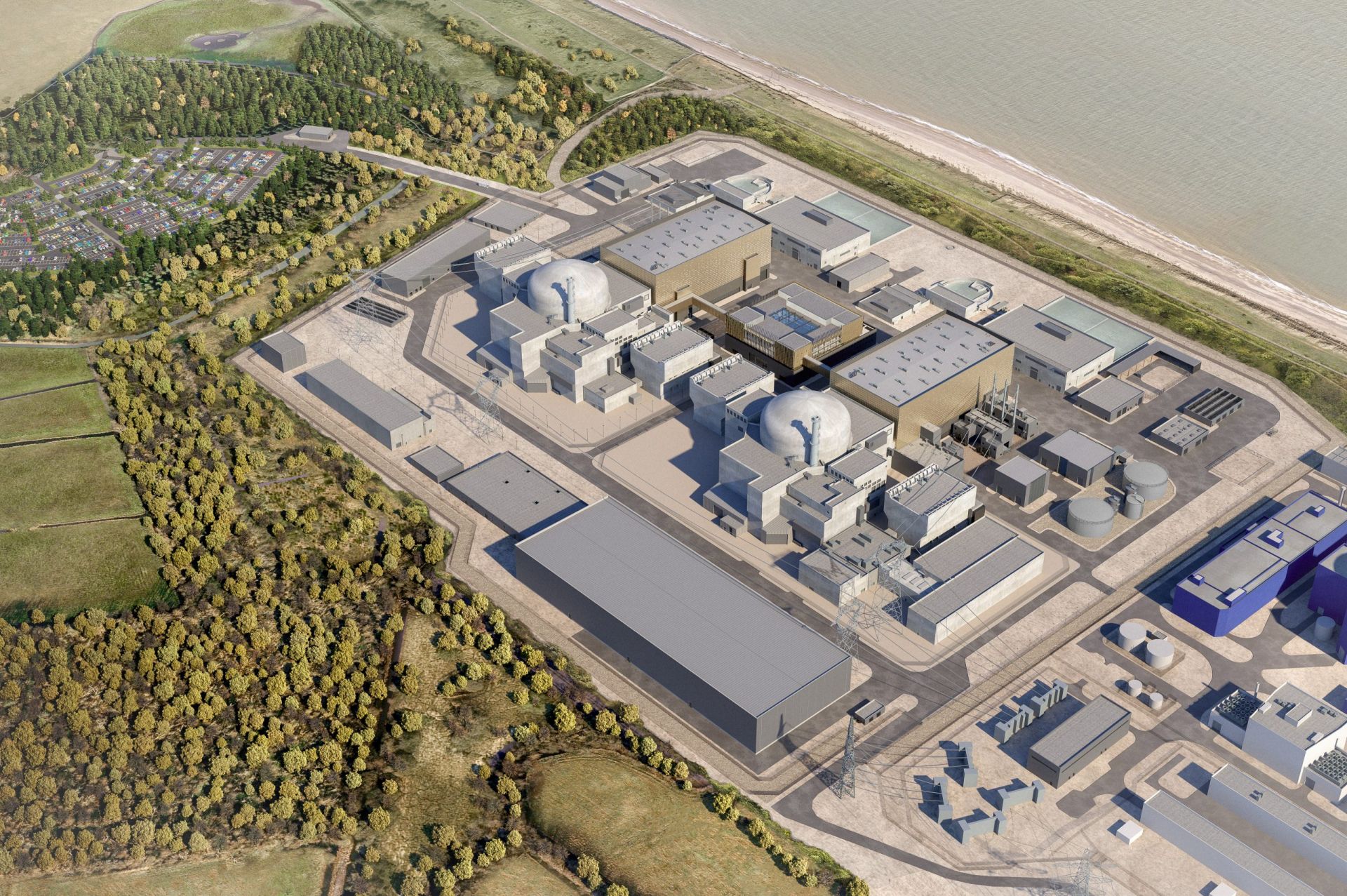The Windscale Piles, circa 1956. (Photo: DOE)
The core of Pile No. 1 at Windscale caught fire in the fall of 1957. The incident, rated a level 5, “Accident with Wider Consequences,” by the International Nuclear and Radiological Event Scale (INES), has since inspired nuclear safety culture, risk assessment, accident modeling, and emergency preparedness. Windscale also helped show how important communication and transparency are to gaining trust and public support.
A cutaway diagram of the Natrium reactor. (Source: TerraPower)
The Nuclear Regulatory Commission recently announced that it has completed its final safety evaluation (SE) for the construction permit application for Kemmerer Power Station Unit 1 in Kemmerer, Wyo. The application was submitted by TerraPower on behalf of its wholly owned subsidiary, US SFR Owner (USO).
EDF Energy’s Hinkley Point B nuclear power plant, in Somerset, England. (Photo: EDF Energy)
The U.K. government’s Office for Nuclear Regulation has granted EDF Energy formal consent to decommission the Hinkley Point B nuclear power plant in Somerset, England. The two-unit advanced gas-cooled reactor was permanently shut down in August 2022, and site owner EDF applied to ONR for decommissioning consent in August 2024.
The Sellafield site in the U.K. (Photo: Sellafield Ltd.)
Sellafield Ltd., the site license company overseeing the decommissioning of the United Kingdom’s Sellafield nuclear site in Cumbria, England, has awarded a 15-year framework contract worth up to £4.6 billion ($6 billion) to support “high hazard risk reduction programs” at the site.
JNFL’s Rokkasho uranium enrichment plant. (Photo: JNFL)
President Trump is in Japan today, with a visit with new Prime Minister Sanae Takaichi on the agenda. Takaichi, who took office just last week as Japan’s first female prime minister, has already spoken in favor of nuclear energy and of accelerating the restart of Japan’s long-shuttered power reactors, as Reuters and others have reported. Much of the uranium to power those reactors will be enriched at Japan’s lone enrichment facility—part of Japan Nuclear Fuel Ltd.’s Rokkasho fuel complex—which accepted its first delivery of fresh uranium hexafluoride (UF₆) in 11 years earlier this month.
Company and JAEA representatives celebrate the signing of the D&D contract. (Photo: Babcock International)
U.K.-based Cavendish Nuclear, a subsidiary of Babcock International, will work with Amentum on the next phase of work supporting the decommissioning of Japan’s Monju prototype fast reactor under a contract awarded by the Japan Atomic Energy Agency.
NWS scientific apprentice Teddy (left) and senior lead in customer management and expert support Howard (right) flank the five Dream Placement 2025 student participants. The students are (from left) Amelia, Elijah, Cole, Joseph, and Will. (Photo: NWS)
Earlier this year, Nuclear Waste Services, the radioactive waste management subsidiary of the U.K. Nuclear Decommissioning Authority, hosted a group of five teenagers for a week of exposure to real-world work environments at its facilities in Calderbridge, Cumbria. The students learned about career opportunities and leadership responsibilities at the company while they engaged with senior management and performed activities with several NWS teams, including employees in the environmental, waste characterization, cybersecurity, human resources, and geological disposal facility grants departments.
Sellafield Ltd.’s Euan Hutton (left) and TEPCO’s Akira Ono extend a cooperative agreement between the two companies. (Photo: TEPCO)
The U.K.’s Sellafield Ltd. and Japan’s Tokyo Electric Power Company have pledge to continue to work together for up to an additional 10 years, extending a cooperative agreement begun in 2014 following the 2011 tsunami that resulted in the irreparable damage of TEPCO’s Fukushima Daiichi plant.
A 3D rendering of Sizewell C (second from left) with the existing Sizewell B toward the top right. (Image: U.K. govt.)
As the U.K. government looks to finalize investment decisions for the construction of the Sizewell C nuclear power plant this summer, France’s state-owned EDF has announced plans to take a 12.5 percent stake in the project and commit up to £1.1 billion ($1.5 billion) in funding.
A model of the Hinkley Point C station. (Image: UK government)
U.S.-based private capital group Apollo Global has committed £4.5 billion ($6.13 billion) in financing to EDF Energy, primarily to support the U.K.’s Hinkley Point C station. The move addresses funding needs left unmet since China General Nuclear Power Corporation—which originally planned to pay for one-third of the project—exited in 2023 amid U.K. government efforts to reduce Chinese involvement.
Concept art of the planned Sizewell C plant on the Suffolk coast, featuring two French-designed EPRs. (Image: Sizewell C)
It’s a move that “brings to an end decades of dithering and delay, with the government backing the builders.” That’s how the U.K. government announced, with alliterative fanfare, its £14.2 billion (about $19.2 billion) investment in Sizewell C, where EDF Energy plans to build two 1,600-MWe EPRs.
Concept art of Rolls-Royce SMR’s reactor design. (Image: Rolls Royce)
Rolls-Royce SMR has emerged as the United Kingdom’s preferred bidder to build the country’s first small modular reactors following a two-year competition, the U.K. government announced June 10. Rolls-Royce SMR expects to build three SMRs with Great British Energy–Nuclear, subject to contracting later this year and regulatory approvals. Great British Energy–Nuclear will “aim to allocate a site later this year and connect projects to the grid in the mid-2030s.”
A 1960s Electrolux vacuum cleaner was discovered in Sellafield’s Pile Fuel Cladding Silo. (Photo: Sellafield Ltd.)
A 1960s Electrolux vacuum cleaner was among the more unusual items workers removed from one of the world’s oldest nuclear waste stores at the United Kingdom’s Sellafield nuclear site.
Spot, the robot dog, on-site at Sellafield. (Photo: AtkinsRéalis)
Sellafield Ltd. and AtkinsRéalis have successfully operated a robotic dog from a remote location in what might be the first time such an operation has happened at a nuclear licensed site, according to the companies in a March 18 press release.


-3 2x1.jpg)









.jpg)





